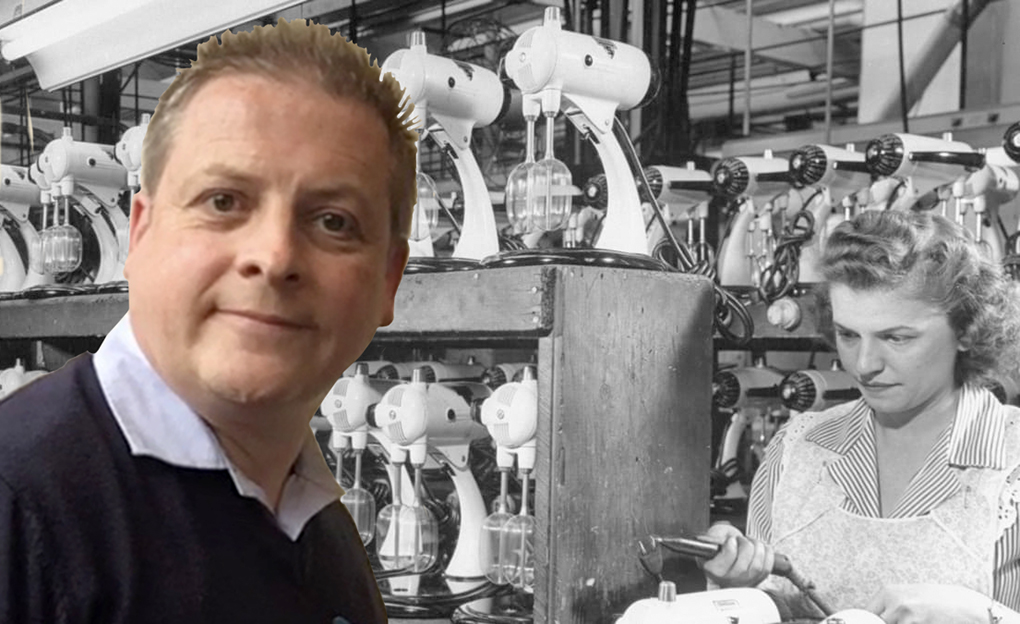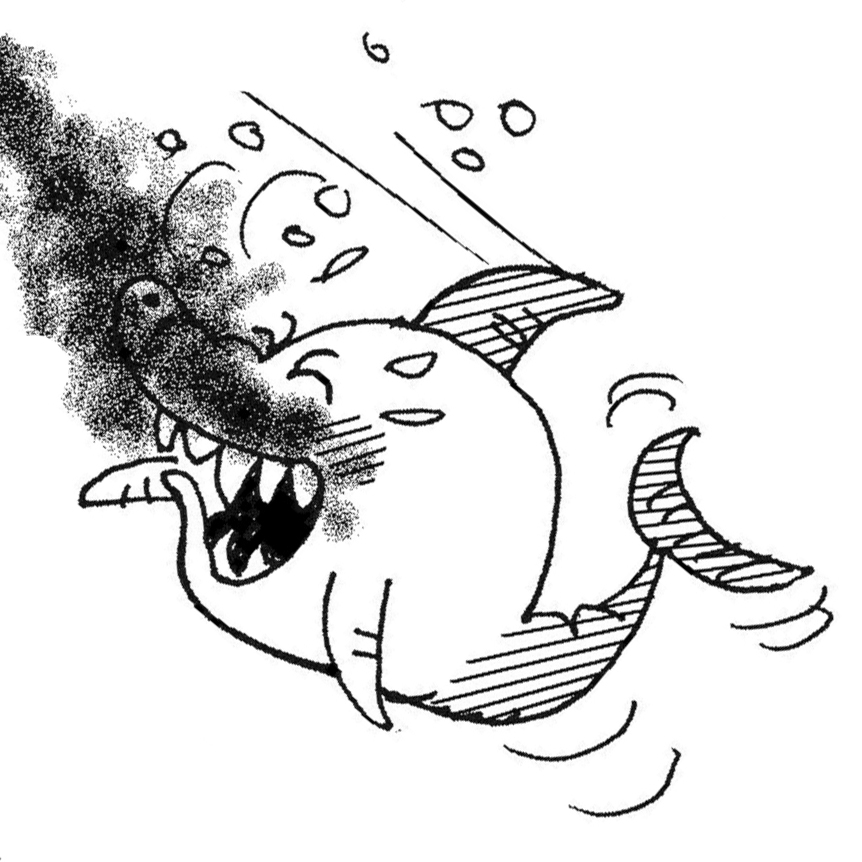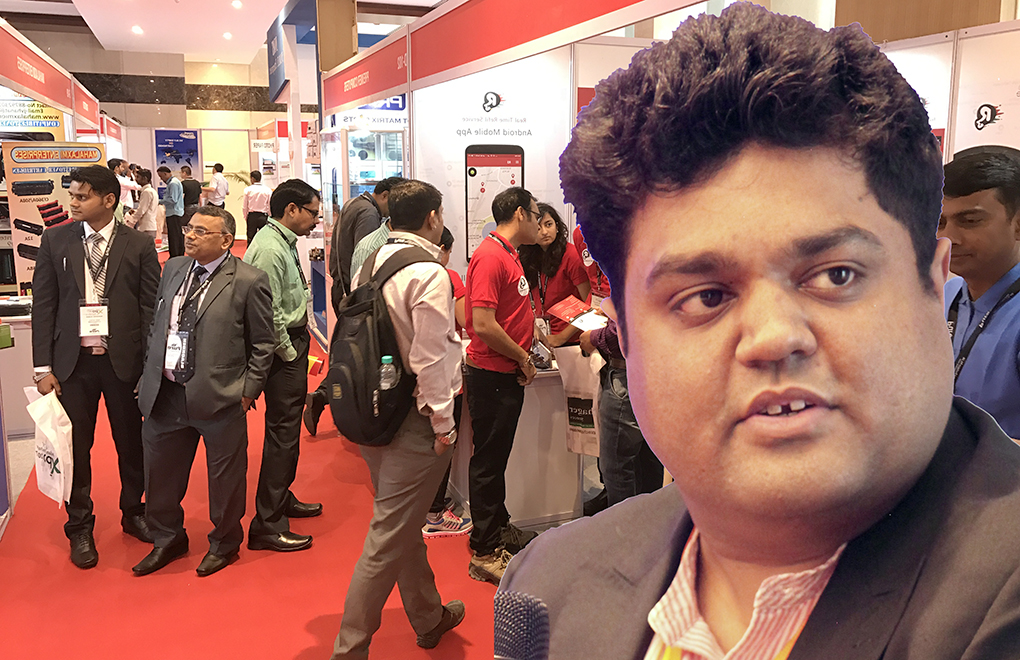Can Latin America Manufacture its own NBCs—and be Profitable?
Can Latin America Manufacture its own NBCs—and be Profitable?
 The pandemic of 2020 continues to pose new challenges for the Latino aftermarket which attempts to keep growing, or at least stay profitable with services or by offering new-built (NBC) or remanufactured cartridges.
The pandemic of 2020 continues to pose new challenges for the Latino aftermarket which attempts to keep growing, or at least stay profitable with services or by offering new-built (NBC) or remanufactured cartridges.
Crises have always delivered opportunities for third-party brands, even within the context of a downward trending, or slow-moving economy. But unlike other crises which are mainly regional, this one has hit the entire planet without distinction of race and economy. We can expect more countries to close their economies. They will look more carefully at their balance of trade figures. Globalization will be under review, local industries will be encouraged and all “avoidable imports” will be discouraged. Is it possible that compatible cartridges will be considered an “avoidable import”?
A National Cartridge—a Utopia?
The idea of producing a domestically or regionally manufactured, the compatible cartridge was developed by some companies here in Latin America some years ago. However, the massive eruption of cheap Chinese-origin NBCs made its financially unviable, uncompetitive. So, nothing more came of it.
 However, given everything I have just written and the devaluation of all local currencies against the US dollar, it may be possible the equation has changed. It may now be feasible and profitable. Some positive number could possibly emerge.
However, given everything I have just written and the devaluation of all local currencies against the US dollar, it may be possible the equation has changed. It may now be feasible and profitable. Some positive number could possibly emerge.
Usually, a product that needs to be “locally made” may contain 25 percent imported components. The rest of that product, including printer cartridges, includes the cost of labor and supplies that can all be obtained locally. The critical elements that would need to be imported due to their manufacturing complexity are:
- toners;
- OPC drums;
- casing or core; and
- microchips
The toner, drum and chip supplier markets are mature and have a long list of companies, mostly based in Asian countries, that offer quality products at competitive prices. As for the casings or cores, it is a more dispersed market. Although they could be manufactured locally, the cost of non-infringing molds being US$30,000 to US$50,000 per matrix and per model makes it unlikely to find investors (let’s also think that each model has at least four matrices). Domestic prices can range from $1 to $4 per unit, depending on their quality.
The Key to Added Value
Consider this example: Suppose we want to make quality wine and we do not have our own vineyard, but we want to compete with other high-end labels. Firstly, we will buy only high-quality input—the grapes—that we cannot produce ourselves. After that, anything and everything we wish to add will depend on us: the manufacturing processes, quality control, the winemaker’s hand, the quality of the barrels and, finally, the bottle, labelling and marketing. I know several winemakers who make many of the great prestigious wines in Argentina using this process.
The same goes for a “regionally-made” printer cartridge. Starting with the purchase of quality raw materials (toners, chips, OPCs and casings), you can manufacture a cartridge that is superior in quality and performance to its NBC counterpart from China. At the same time, you are creating local jobs. The added value is in the labor, assembly, quality control, packaging and even the possible certification and traceability of the waste. Having quality cores will allow for remanufacturing over multiple cycles.
If we compare the costs between a “regionally-made” printer cartridge vs. a low-cost NBC, let’s not waste time, the business is unfeasible, even more so in the lowest and most massive lines. But if the quality is what we are after, the cartridges that yield 8,000 to 10,000 pages mark the balance point where “regionally-made” manufacturing becomes commercially interesting.
*This article is also published in our latest magazine edition. Click here to download the PDF.
Leave your comments to the article “Can Latin America Manufacture its own NBCs—and be Profitable?” below.
 Molinatti is RT global partner for Latin Americas. He is based in Buenos Aires, Argentina and is publisher of Guía del Reciclador—the Spanish language magazine first published in 2002 for the Latin American printer cartridge aftermarket. He has organized more the 20 technical and MPS training events in several countries and is helping RT bring VIP Expo events to Brazil, Argentina, and Perú. Please contact< info@guiadelreciclador.com>
Molinatti is RT global partner for Latin Americas. He is based in Buenos Aires, Argentina and is publisher of Guía del Reciclador—the Spanish language magazine first published in 2002 for the Latin American printer cartridge aftermarket. He has organized more the 20 technical and MPS training events in several countries and is helping RT bring VIP Expo events to Brazil, Argentina, and Perú. Please contact< info@guiadelreciclador.com>
Read RT ImagingWorld magazine in Spanish.
Want to know more about the dynamic market in India? Read Molinatti’s other blogs and articles:
- HP Blocks Online Sale of Aftermarket Cartridges
- Remembering when Product Sales Increased
- Confronting Market Challenges and Opportunities












Leave a Comment
Want to join the discussion?Feel free to contribute!